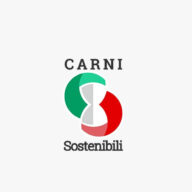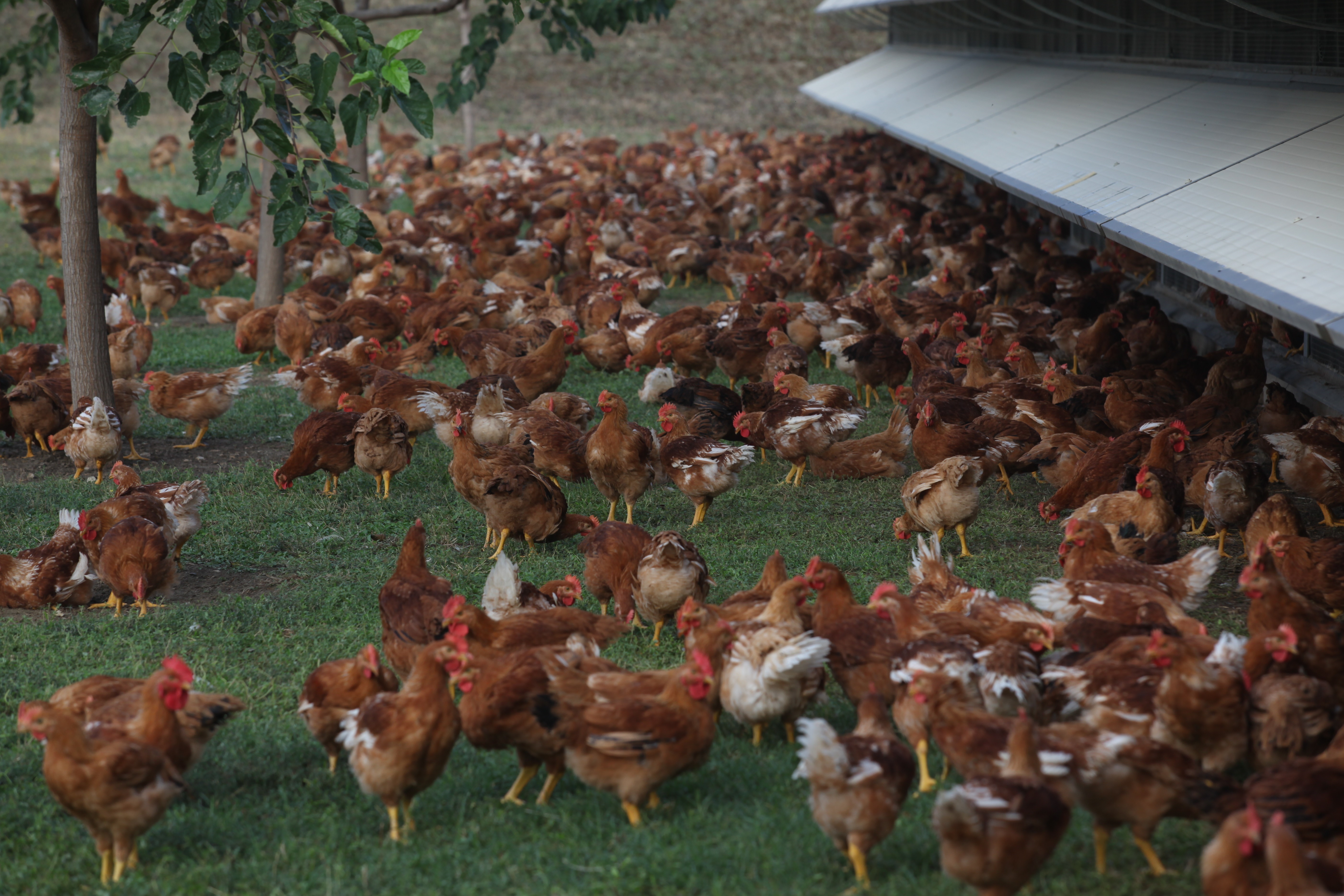
The size of meat sector in Italy
The meat sector in Italy generates an economic value in the order of 30 billion Euro per year, compared to about 180 of the entire food sector and to the 1,500 of the national GDP.
While the three main sectors of poultry, beef and pork roughly share the total economic value, the differences lie in the analysis of the trade balance: the beef industry imports about 40% of its total requirement, the poultry industry is almost neutral, the pork industry imports 45% of its raw materials but is characterised by strong exports of cured meats.
Let’s see some figures.
Pork meat and cured meat
Adding the agricultural part to that of the industrial transformation, pork and cured meat, between all kind of meat, have the greatest economic dimension. In 2014 about 1.8 million tonnes of pig meat (between fresh meat and cured meats), of which approximately 61% was produced in Italy and the rest was imported (such as fresh meat or raw materials for cold cuts) from other countries Europeans. The trade balance of live animal imports is less than 1 million whereas exports are almost negligible (about 4,000 animals).
As for the sector of cured meats, in 2014 a decrease was again recorded both for production and consumption, confirming the negative trend over the last three years. Production fell to 1.17 million tonnes, a decrease of 1.2% compared to 2013; of these almost 149,000 tonnes were exported, of which about 42% was crude ham (+ 5.7% compared to the previous twelve months). The cured meat sector has a positive trade balance, with exports exceeding imports (about 48,700 t, 32% coming from Germany), both in terms of quantity and economic value.
Beef meat
Following ISTAT data, of the 2,5 million heads slaughtered in 2014, 54,5% came from young bulls, 27% from veal calves, 17% from old cows and the remaining 1,5% from bulls/oxen.
As for foreign trade, the trade balance was negative, with a balance that over the years has by passed around 2.6 billion Euro (D. Rama 4, 2014. The beef market. Report 2014). Italy is structurally a strong importer of live cattle for fattening purpose and beef meat (fresh, chilled or frozen, intended for consumption or further industrial processing); in 2013 the share in value was, respectively of 42% and 58% of the total demand. The self-sufficiency rate of our country is around 58% (BDN, 2014).
Exchanges with foreign countries are characterized mainly by: decrease in imports of live animals both for slaughter and fattening, increase in imports of cheap cuts for fresh meat, reduced imports of frozen meat and preserved by all countries and increasing competition from Eastern European countries (Ismea, 2015).
Poultry meat
The poultry industry is based on national production that in 2014, exceeded one million tons (1.261.200 t). Our country is largely self-sufficient, with a degree of self-sufficiency in 2014 in the order of 107%.
This sector is the only one among Italian meats to show a positive trade balance both in quantity and value, because Italy is a net exporter of poultry products. By focusing on the foreign trade of chicken meat, in 2014, 98,000 tonnes of chicken meat were exported (for an economic value of nearly 197 million Euro), compared with 67,000 tonnes of imported product (160 million euro).
The Sustainable Meat Project





